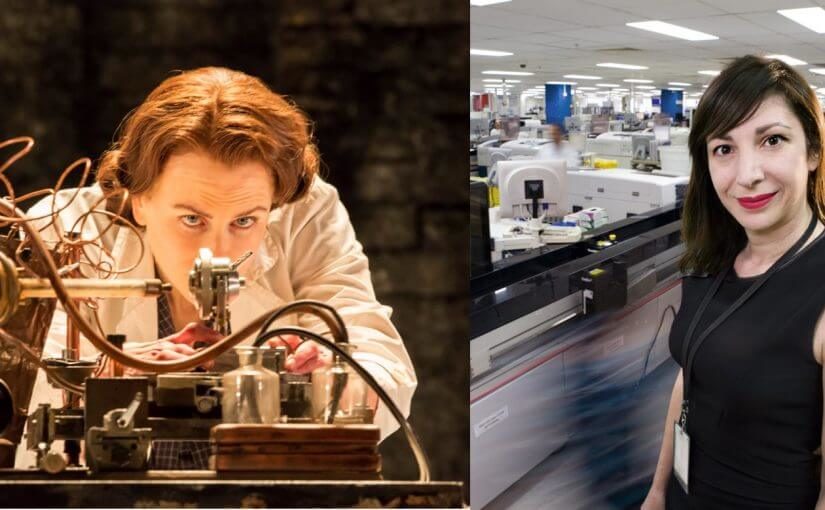Nicole Kidman has taken to the London stage to play Rosalind Franklin, one of the most important yet overshadowed scientists of the 20th century. The impact of her work is still revolutionising genetics work in modern pathology.
Photograph 51 relates Franklin’s contribution to the discovery of the double helix structure of DNA in the 1950s. The play depicts the sometimes confrontational working relationship between the talented Franklin and her laboratory partner, Maurice Wilkins.
The play’s name comes from the X-ray image of DNA that Franklin created. It was this image that led scientists James Watson and Francis Crick to determine the chemical structure of DNA, ushering in the age of modern genetics.
In 1962, the Nobel Prize in Physiology or Medicine was awarded to Watson, Crick and Wilkins, with Franklin notably overlooked. In 1958, Franklin died of cancer, never having been recognised for her work. Photograph 51 attempts to bring Franklin’s role to light.
Dr Melody Caramins is a genetic pathologist working in Sydney. She says modern medicine would look very different without the discovery.
“Genetic testing is widely used, particularly for screening; for example prenatal testing for Down Syndrome and newborn bloodspot testing for life-threatening conditions like Cystic Fibrosis.
Genetic testing can also suggest if a particular cancer drug is likely to be effective for an individual patient. Testing can also indicate an elevated risk of developing a hereditary cancer.”
Dr Caramins says that genetics is an exciting and rapidly developing area to work in as there are so many questions to be answered.
“I encourage anyone willing to work hard to consider pathology and genetics in particular. There is great variety in the work on offer, including lab work and consulting directly with patients.”
This burgeoning profession owes much to genetic pioneers like Rosalind Franklin.

